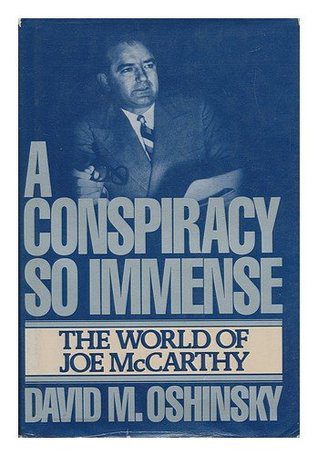
Title: The Great Boomsky: The Many Lives of Magic’s First Black Superstar
Author: Margaret Steele
Genre: Biography
In 1891, Milton Hudson Everett was a 13-year-old boy offered the opportunity of a lifetime. He had met and made a favorable impression on noted illusionist Alexander Herrmann. Herrmann offered Everett a job touring with his company, and Milton leaped at the chance to leave the arduous work of sharecropping behind. Milton’s dancing skills led to his initial employment, yet it was his unflappability on the stage serving as Herrmann’s assistant that cemented his legacy as “Boomsky.”
Milton would travel with Alexander Herrmann and his wife Adelaide across the country as Herrmann dazzled audiences large and small with his beguiling tricks. Milton was able to make a decent living and provide for his family while also learning tricks of the magician’s trade during his tenure with the Herrmanns.
Margaret Steele has authored a well-written, comprehensive biography of Milton Hudson Everett while also covering a substantial portion of Alexander Herrmann’s career as an illusionist. Steele’s voluminous research covers over a century as she writes of the Herrmanns’ rise to prominence, how they came to meet Milton and the contemporaries and rivals of Herrmann in the magic world. The illustrations populated throughout the book do an exemplary job of conveying the mystery of the performances and performers.
Milton hailed from Americus, Georgia where he lived with his family. The Civil War had been over for over a decade by the time of Milton’s birth. Yet the presence of the Jim Crow laws and the debt slavery imposed by sharecropping illustrated how racial intolerance affected African Americans. As Steele highlights, racism cast a long shadow even in the northern states. Depictions of Everett or others as Boomsky were insultingly exaggerated and leaning into stereotypes. While the Herrmanns may have had deluxe accommodations, Milton’s would usually consist of second-class amenities. Steele doesn’t refrain from pointing out these harsh facts of life that Milton was forced to reckon with. Steele handles the instances of racism with tact and sensitivity with the reflection of hindsight.
Milton would learn much by watching Alexander Herrmann as the craft of sorcery ran deep in his veins. Herrmann had served as an assistant to his brother, a fellow magician, in his early years. However, jealousy led to a split between Alexander and his brother Carl. Steele points out in detail how rivalries between magicians engendered ill feelings, personnel being poached, as well as occasional acts of sabotage carried out. As Herrmann’s popularity was at its height, his rivals were men such as Harry Kellar and Frederick Bancroft. A tireless work ethic typifies the life of magicians such as Alexander Herrmann and his peers. The art of the illusion was zealously guarded as revelation of the method could end careers. The retelling of these rivalries are amusing and provide prescience with respect to modern day magicians.
The entertaining narrative encompasses the busy lives of Milton Everett, Alexander Herrmann, and Adelaide Herrmann. However, the title appears to be a slight misnomer as “Boomsky” did not solely apply to Everett. A slight drawback is the occasional lapses in Milton’s story as other Boomskys are profiled.
The Great Boomsky is an exhaustive and fulfilling biography about a young boy who was granted entry to a new world where he thrived on the entertainment and wonderment of others. Steele has written a highly informative and illuminating work.
This Editorial Review was written by the Book Review Directory staff. To receive a similarly honest, professional review for one of your own books, click here.
















